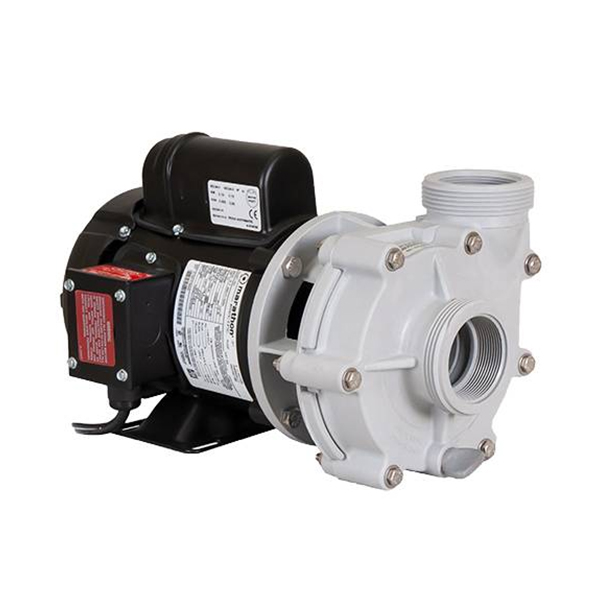

A new more optimum pump selection and operating plan can, therefore, provide substantial cost savings opportunities. However, many parallel pump systems aren’t operated in the most energy efficient manner or combination. Pump Selection for parallel pump installations is key to minimizing energy costs. However, very little is gained (+6%) by operating both of these pumps in parallel, while the energy effectiveness (gpm/kW) is reduced by 30% and 10% respectfully. In this example, pump A has a best efficiency point (bep) of 400 gpm and pump B has a bep twice as high (800 gpm). These lower flow rates can result in higher energy costs (because the individual pumps are operating at lower efficiencies and higher heads at these low flow rates), and reduced pump reliability (also due to the low flow rates - see December 2007 column). As can be seen, each of the pumps is forced to operate at relatively low flow rates.

This compares with 455 gpm when only pump A operates on this system, or 542 gpm when only pump B operates on the system (see Table 1). The contribution of each of the pumps at 268 feet, are: pump A operating at 195 gpm and pump B operating at 380 gpm.

In Figure 1, the system and pump combination (pump A + B) H-Q curves intersect at 575 gpm, at a head of 268 feet. The head (and therefore flow) that each of the parallel pumps will operate at in a given system is then determined by the intersection between the system head-capacity curve with this “pump combination head-capacity curve”. This is demonstrated in Figure 1, where, at a head value of 240 feet, the flow generated by pump “A” at this head (320 gpm) is added to the capacity of pump “B” at this head (640 gpm) to create the combination H-Q pump curve (960 gpm 240 ft). The combination pump head-capacity curve is, therefore, determined by adding the respective flow rates of each pump, at a series of specific head values. When pumps run in parallel they operate against the same discharge head. TABLE 1: Impact of Parallel Operation on Pump Performance and Energy Effectiveness Click here to enlarge image


 0 kommentar(er)
0 kommentar(er)
